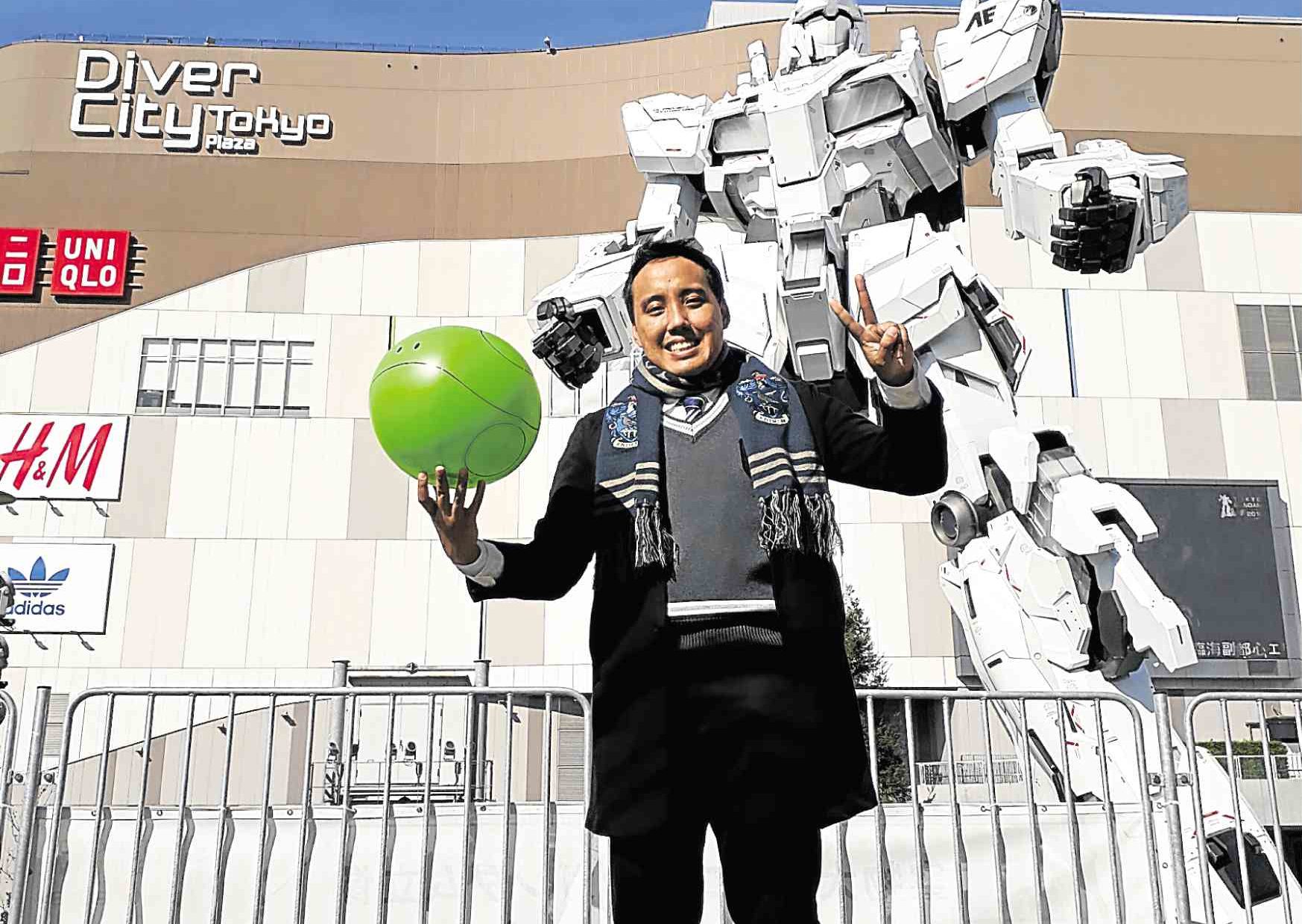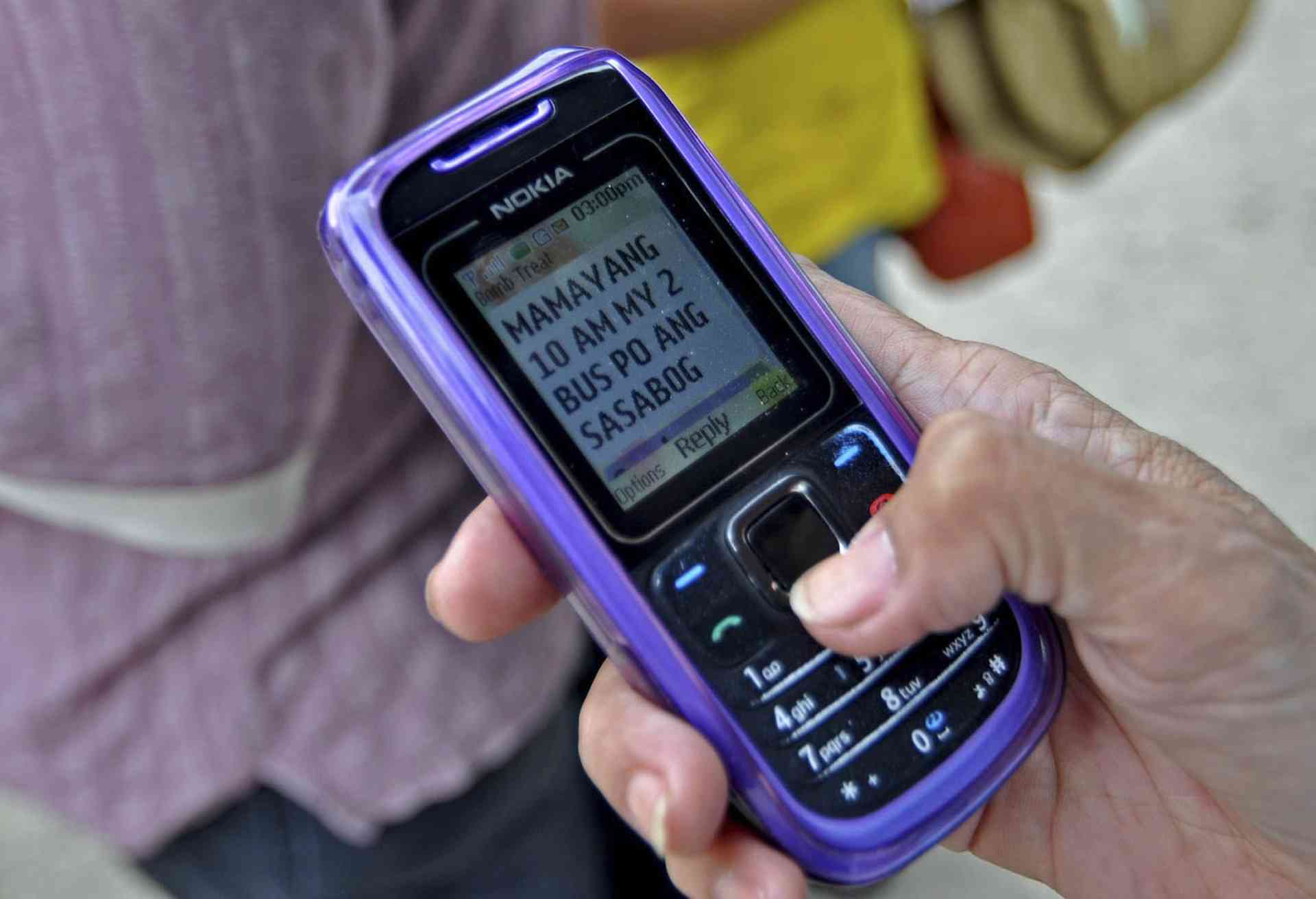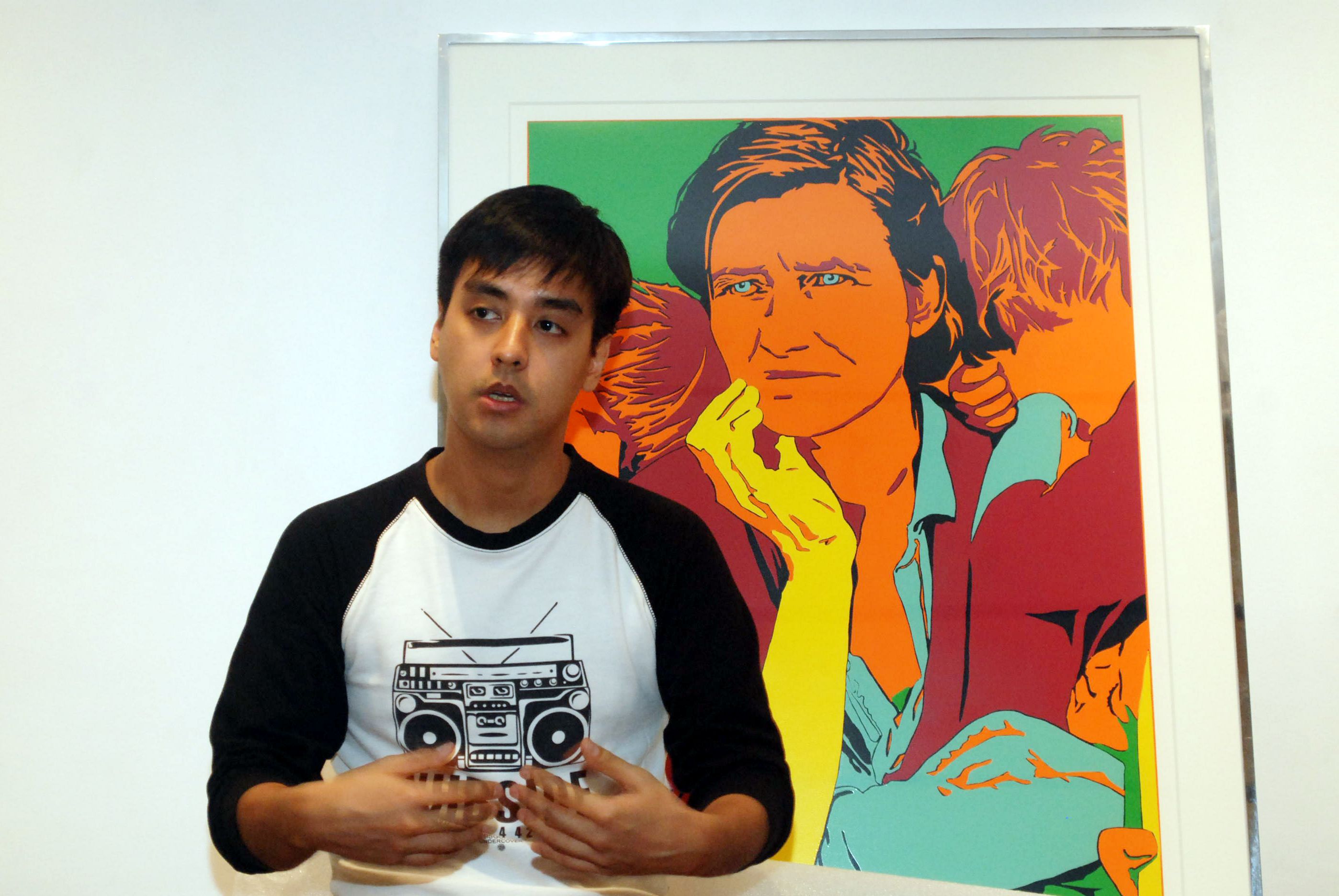Crazy fool’s going to get himself squashed,” I thought to myself as I watched a skinny kid, in skinny jeans, riding a skinny-tired bicycle—no brakes, no helmet—through the rush-hour traffic of Taft Ave.
I waited for the inevitable crunch as he snaked his way through the pile-up of jeepneys and buses at the Padre Faura intersection, barely squeezing through gaps in the traffic with literally millimeters to spare.
Somehow, the skinny kid slipped through, ran a red light, and headed off to who-knows-where in the direction of Jones Bridge.
Despite the obviously foolhardy bravado of riding a brakeless fixed-gear bicycle through Manila, the kid exhibited an undeniable grace in the way he breezed past the chaos on what was evidently a “ghetto” bike, cobbled together from old and cheap parts, like it was no sweat.
Crazy fool had style.
The kid is an outlier in a groundswell movement that has been building up in the country for the last five years or so.
When I first wrote about the fixed gear “movement” in 2010 (“Fixie Fever,” SIM, May 29, 2010), it was an underground cult based in Makati with maybe 20, 30 riders, mostly artists, (m)admen, and people you might call “hipsters.”
Today there are hundreds, maybe even thousands of fixed gear riders scattered throughout Metro Manila, Rizal, Bulacan, Angeles City, Cavite, Laguna, Naga and Cebu.
They ride alone or in informal crews such as Manila Fixed Gear, WEFxd, Rekta Silangan, Catayan, Controlled Chaos from Cavite, Muralla Street Fixed from Intramuros, Cebu Fixed Gear, held together by shared mileage and the social networks. They get together in self-organized events such as “alleycat” races, drag races, hill climbs and weekly night rides. There’s even a newly-opened café called Goldsprint Kitchen & Cafe that features indoor racing on rollers with a big-screen monitor showing the results in real time.
And while fixed gear riding is on the decline in the major urban centers of Europe and the US where it first began, and in early-adopter Asian cities such as Tokyo and Bangkok, it has yet to hit its peak in the Philippines.
Lance Armstrong once said: It’s not about the bike.
Well, yes and no.
A fixed gear bike is a bicycle with one gear on a fixed wheel, i.e., no coasting or freewheeling.
This makes all the difference, say fixed gear riders.
They feel more connected with the bike and the road, since it’s basically a direct drive system with the rider’s legs serving as the engine.
While many cyclists are obsessed with the latest technology, carbon fiber frames, 11 speeds and electronic shifting, fixed gear riders tend to go in the opposite direction. They strip down their bikes to the bare minimum. Many favor vintage machines from the classic era of cycling. Many of them do away with handbrakes altogether, learning to stop by locking the rear wheel with their legs and skidding the tire on the asphalt. They say this gives them a greater sense of control.
In a way, riding a fixed gear bike is more of an aesthetic, rather than practical choice. It’s an attitude, a mindset and a form of self-expression, sort of like punk rock, but with bicycles instead of guitars. And like punk, the fixed gear scene has spawned its own subculture, which is why it attracts a disproportionate number of artists and other creative types, as well as young people who would never have otherwise thought of riding a bicycle.
In short, fixed gear riding made cycling cool.
“I don’t think it’s going to go away anytime soon,” says visual artist and occasional club DJ Kiko Escora, one of the pioneering Johnny Appleseeds of the local fixed gear movement.
“There was a point early on when we were asking ourselves, ‘is this just a trend?’ One of us, an advertising creative director who rode his bike to work, said: ‘Even if it is just a trend, I won’t stop riding.’ Which is my own sentiment: it doesn’t matter if it passes, I won’t stop riding.”
Part of the thrill of riding fixed bikes comes from the fact that it is a predominantly urban pursuit: cyclists brave traffic-clogged city streets, where the chance of being flattened by a wayward bus or a road-raging driver is very real, indeed. The fixed gear rider is very much in and of the city: the grit, the noise, the pollution, the traffic are all part of the experience.
“Within the cycling community, the image of the fixed gear rider is pasaway, no brakes, no helmet,” says Escora. He admits that a certain proportion of riders fit this stereotype, but as they gain experience, most riders eventually take a more sensible approach to road safety.
The fixed gear scene is also an inclusive one.
“Everyone is welcome,” says Escora. Not all fixed gear riders are kids in skinny jeans and Vans. There is a sprinkling of M.A.M.I.L. (middle-aged men in lycra), fitness buffs out for a challenging workout, and retro-bike enthusiasts attracted by the older technology.
One thing, though, the local fixed gear scene is still primarily a sausage fest. Escora estimates that less than one per cent of the riders are female.
Fixed gear riding isn’t exactly mainstream yet, although it is growing as a subculture.
“It’s like skateboarding,” he says. “Skateboarding used to be considered ‘ghetto.’ Skateboarders were thought of as punks. But now it’s accepted. Even girls have gotten into skateboarding. Ngayon sosyal na ang dating ng skateboarding (skateboarding now comes across as classy.”
In the early days, i.e., five years ago, group rides meant two or three guys getting together for a “chill” cruise around the city.
“If we got 12 riders, it was an event that we had to document with a panoramic shot,” he recalls. “In last week’s ride, we got maybe 40 to 50 riders.”
More show up for scheduled events such as the monthly “Ultraman,” an uphill night race held at the steep climb beside the Ultra stadium, and for occasional “alleycat” races, which are bicycle races through city streets, with designated stops. Alleycats used to be underground, not-quite legal events, but increasingly they’re becoming more like real competitions, with sponsors, prizes and web coverage.
The Internet, in fact, has played a crucial role in the growth of the local fixed gear scene. Many groups communicate through online forums and Facebook pages, and there’s a brisk online trade in fixed gear parts. Escora himself maintains the Manila Fixed Gear blog (https://manilafixedgear.blogspot.com/), one of the longest running online resources for local fixers.
“Someone once asked me, ‘is it a lifestyle?,’” he recalls. “I said ‘no, it’s my life,’ because at that point it was. I even stopped painting for a time to focus on cultivating the Manila Fixed Gear blog.”
Escora also became obsessed with designing and building custom fixed gear bicycles, in collaboration with noted local framebuilder Ave Maldea, which he curated and branded with his “Manilaanimal” logo.
Strangely enough, the local bicycle retail industry has been slow to catch on to the growth of the fixed gear scene. Thanks to the growing popularity of cycling as a leisure activity and the need for alternative transportation as city traffic worsens, we are in fact in the midst of a bike boom. Sales of mountain bikes and road bikes are up. A recent development is the current popularity of folding bikes, small-wheeled machines that are ideal for getting around town, some of which are compact enough to be taken on the MRT (although one would probably make better time riding the bike all the way).
But for some reason, fixed gear bicycles and parts are still considered “fringe” items by most local retailers, with a few exceptions.
One of them is Tryon, a small unassuming bike shop in Makati that has become a Mecca for fixed gear enthusiasts.
“In 2009, there were no fixed gear parts available locally, let alone fixed gear bicycles,” says proprietor Rosalina Ngo Chua.
But a few riders kept coming around looking for weird, outdated parts. Finally, Chua brought a few parts from Canada and Taiwan. Much to her surprise, they were instantly snapped up by early riders, who clamored for more. Obviously there was a growing market that wasn’t being addressed by local bike retailers. She started looking for frames and parts from suppliers in Taiwan, China and Italy, and slowly her inventory grew.
Today, Tryon has become the go-to place for fixed gear enthusiasts looking for frames, parts and complete bicycles.
“I estimate that 60 to 70 percent of our total business is now fixed gear parts,” says Chua.
She admits that the growth of the local fixed gear scene has revived the fortunes of the 35-year-old shop, which had its heyday in the 1980s but was going through a prolonged down cycle until the fixed gear riders came along. Now there is a steady demand for fixed gear parts, she says, and hardly a week goes by without four or five new riders building up new bikes at the shop.
Tryon has also become a social center of sorts for the local scene. Every Wednesday, the WEFxd crew meet up there for their weekly night ride.
Fixed gear riding may very well turn out to be just a passing trend, but there should remain a core of riders whose lives have been genuinely transformed.
“It’s the bait, it’s the portal,” says Escora. “In the beginning, you do it because it’s astig. But eventually you realize it’s a really practical way of getting around.” •









































